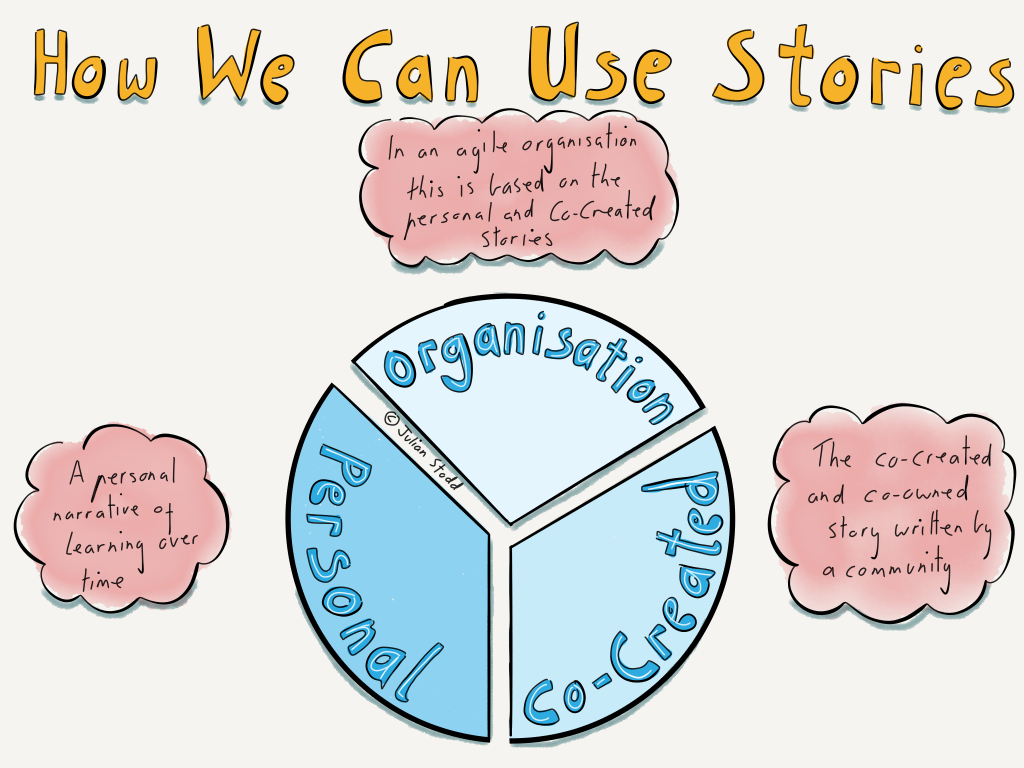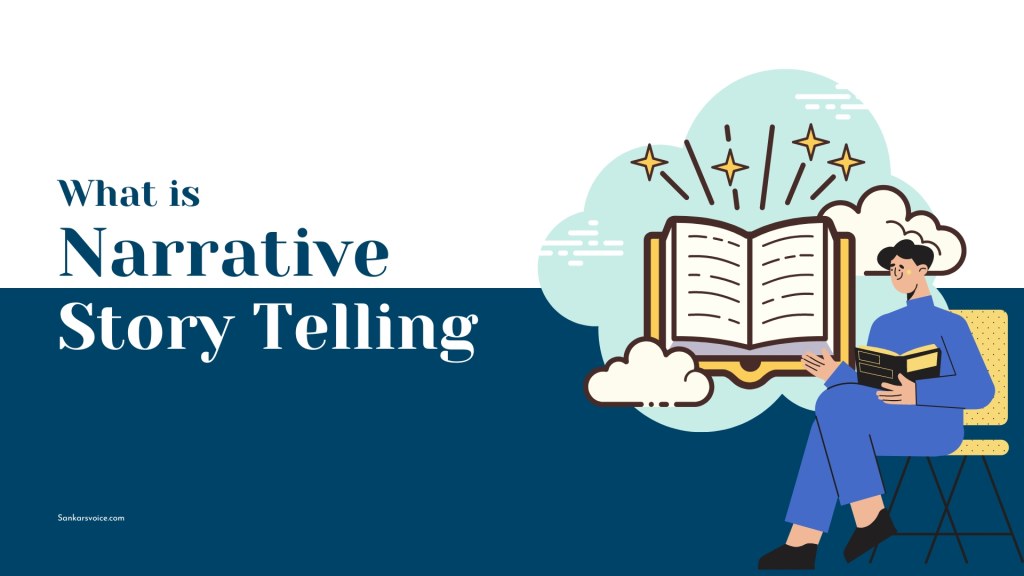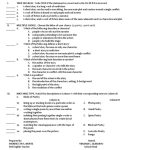The Power Of Storytelling: Unveiling The ‘Who I Am’ Story – Click To Discover The Art Of Narrative
Storytelling Narration and the Who I Am Story
Hello Readers,
Welcome to our article on storytelling narration and the Who I Am story. In this article, we will explore the importance of storytelling in conveying personal narratives and how the Who I Am story can be a powerful tool in self-expression. So, sit back, relax, and let’s dive into the world of storytelling!
2 Picture Gallery: The Power Of Storytelling: Unveiling The ‘Who I Am’ Story – Click To Discover The Art Of Narrative


Introduction
Storytelling has been an integral part of human communication since ancient times. It is a way to share experiences, emotions, and ideas with others. Narrating stories allows us to connect on a deeper level and create a lasting impact. One such storytelling technique that has gained popularity is the Who I Am story.
The Who I Am story is a personal narrative that delves into the essence of one’s identity. It goes beyond the surface-level details and explores the values, beliefs, and experiences that shape an individual. By sharing your Who I Am story, you can create connections, inspire others, and foster a sense of belonging.
In this article, we will discuss the different aspects of storytelling narration and the Who I Am story. We will explore what it is, who can benefit from it, when and where it can be used, why it is important, and how to create an impactful Who I Am story.
What is Storytelling Narration?

Image Source: wordpress.com
📚 Storytelling narration is the art of conveying a story or a message through spoken or written words. It involves using various techniques such as character development, plot structure, and descriptive language to captivate the audience’s attention and evoke emotions.
Storytelling narration can take many forms, including books, movies, speeches, and even everyday conversations. It has the power to transport the audience to different worlds, evoke empathy, and leave a lasting impression.
The Importance of Storytelling Narration
Storytelling narration is not just a form of entertainment; it has numerous benefits. Firstly, it helps us make sense of the world around us. Stories provide context, meaning, and understanding to complex ideas and concepts. They can simplify complicated information and make it more relatable.
Moreover, storytelling narration is a powerful tool for persuasion and influence. By crafting a compelling story, you can engage your audience and make them more receptive to your message. It allows you to connect with others on an emotional level, making your message more memorable and impactful.
The Who I Am Story: A Personal Narrative
🔍 The Who I Am story, as the name suggests, delves into the personal experiences, values, and beliefs that shape an individual’s identity. It goes beyond a simple biography or resume and provides a deeper understanding of who you are as a person.

Image Source: sankarsvoice.com
The Who I Am story is a powerful tool for self-expression and self-discovery. By sharing your authentic self, you can create connections, inspire others, and foster a sense of belonging. It allows you to showcase your unique perspective and experiences, making you more relatable and memorable.
Who Can Benefit from the Who I Am Story?
🌟 The Who I Am story can benefit individuals from all walks of life. Whether you are a student, a professional, an entrepreneur, or even a stay-at-home parent, sharing your personal narrative can have a profound impact on your personal and professional life.
Students can use the Who I Am story to showcase their passions, goals, and unique experiences. It can help them stand out in college applications and job interviews, increasing their chances of success.
Professionals can leverage the power of the Who I Am story to build their personal brand, connect with clients and colleagues, and advance in their careers. It allows them to differentiate themselves from their competitors and build trust with their audience.
When and Where Can You Use the Who I Am Story?
📅 The Who I Am story can be used in various settings and situations. It can be shared during job interviews, networking events, public speaking engagements, or even in casual conversations. The key is to find the right moment and audience to convey your story.
Job interviews provide an excellent opportunity to share your Who I Am story. It allows you to showcase your personality, values, and experiences, making you a more compelling candidate.
Networking events are another setting where the Who I Am story can make a significant impact. By sharing your personal narrative, you can create meaningful connections, stand out from the crowd, and leave a lasting impression.
Why is the Who I Am Story Important?
❓ The Who I Am story is important for several reasons. Firstly, it allows you to connect with others on a deeper level. By sharing your personal experiences and emotions, you can create empathy and understanding.
Moreover, the Who I Am story helps you stand out in a crowded world. In a society where everyone is obsessed with accomplishments and credentials, sharing your authentic self can make you memorable and unique.
How to Create an Impactful Who I Am Story
🖊️ Creating an impactful Who I Am story requires careful thought and reflection. Here are some steps to help you get started:
1. Reflect on your experiences:
Take the time to reflect on your life experiences, both positive and negative. Think about the lessons you’ve learned, the challenges you’ve overcome, and the values that define you.
2. Identify your core values:
What are the principles that guide your life? Identify your core values and how they have influenced your decisions and actions.
3. Craft a compelling narrative:
Use storytelling techniques such as character development, plot structure, and descriptive language to craft a compelling narrative. Engage your audience by creating suspense, evoking emotions, and providing vivid details.
4. Practice and refine:
Practice sharing your Who I Am story and seek feedback from others. Refine your narrative based on their input and make adjustments as needed.
5. Be authentic:
Above all, be authentic. Share your true self and don’t be afraid to be vulnerable. Authenticity is what makes your Who I Am story impactful and relatable.
Advantages and Disadvantages of the Who I Am Story
✅ Advantages:
a. Authenticity:
The Who I Am story allows you to showcase your authentic self, making you more relatable and memorable.
b. Connection:
By sharing your personal narrative, you can create connections and foster a sense of belonging.
c. Differentiation:
The Who I Am story helps you stand out in a crowded world, allowing you to differentiate yourself from others.
❌ Disadvantages:
a. Vulnerability:
Sharing your personal narrative can make you vulnerable to judgment and criticism.
b. Misinterpretation:
There is a risk that your story may be misinterpreted or misunderstood by others.
FAQs (Frequently Asked Questions)
1. Can anyone create an impactful Who I Am story?
Yes, anyone can create an impactful Who I Am story. It requires reflection, creativity, and practice.
2. How long should a Who I Am story be?
There is no set length for a Who I Am story. It can be as short as a few minutes or as long as a full-length book. The key is to keep it concise and engaging.
3. Can I share personal struggles in my Who I Am story?
Yes, sharing personal struggles can add depth and authenticity to your Who I Am story. However, make sure to consider your audience and the context in which you are sharing your story.
4. Can the Who I Am story be used in professional settings?
Yes, the Who I Am story can be a powerful tool in professional settings. It allows you to build your personal brand, connect with clients and colleagues, and advance in your career.
5. How often should I update my Who I Am story?
It is essential to periodically revisit and update your Who I Am story to reflect your evolving experiences and personal growth. However, there is no set timeframe for updating your story; it depends on your individual journey.
Conclusion
In conclusion, storytelling narration and the Who I Am story have the power to create connections, inspire others, and foster a sense of belonging. By sharing your personal narrative, you can showcase your authentic self, differentiate yourself from others, and leave a lasting impression. So, take the time to reflect on your experiences, craft a compelling narrative, and share your Who I Am story with the world. You never know the impact it may have on others and yourself.
Remember, your story matters!
Disclaimer: The views and opinions expressed in this article are those of the author and do not necessarily reflect the official policy or position of any agency or organization.
This post topic: Creative Writing
